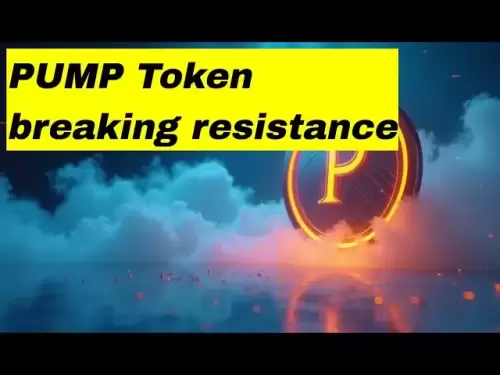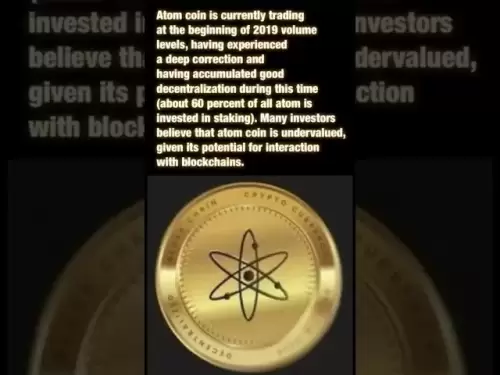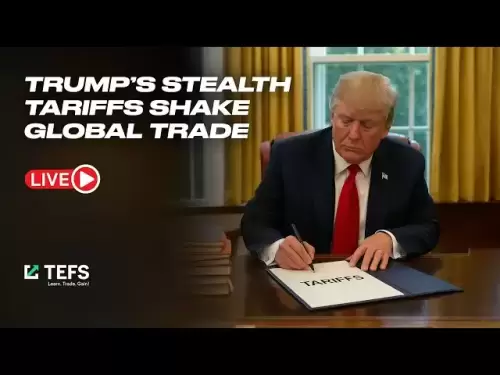-
 Bitcoin
Bitcoin $115200
-2.68% -
 Ethereum
Ethereum $3601
-5.16% -
 XRP
XRP $3.035
-2.96% -
 Tether USDt
Tether USDt $0.9997
-0.04% -
 BNB
BNB $764.5
-5.43% -
 Solana
Solana $168.1
-5.92% -
 USDC
USDC $0.9998
-0.02% -
 Dogecoin
Dogecoin $0.2090
-4.80% -
 TRON
TRON $0.3272
-0.49% -
 Cardano
Cardano $0.7306
-5.00% -
 Hyperliquid
Hyperliquid $39.16
-12.22% -
 Stellar
Stellar $0.3967
-4.96% -
 Sui
Sui $3.566
-5.95% -
 Chainlink
Chainlink $16.55
-6.57% -
 Bitcoin Cash
Bitcoin Cash $552.3
-3.90% -
 Hedera
Hedera $0.2516
-4.69% -
 Avalanche
Avalanche $21.99
-5.75% -
 Toncoin
Toncoin $3.621
-0.28% -
 Ethena USDe
Ethena USDe $1.000
-0.03% -
 UNUS SED LEO
UNUS SED LEO $8.951
0.02% -
 Litecoin
Litecoin $105.9
-3.59% -
 Shiba Inu
Shiba Inu $0.00001232
-5.00% -
 Polkadot
Polkadot $3.640
-5.55% -
 Uniswap
Uniswap $9.048
-7.03% -
 Monero
Monero $301.8
-1.51% -
 Dai
Dai $0.9999
-0.01% -
 Bitget Token
Bitget Token $4.334
-3.66% -
 Pepe
Pepe $0.00001064
-6.17% -
 Cronos
Cronos $0.1367
-5.78% -
 Aave
Aave $259.2
-4.59%
Is the Metaverse the future? Opportunities and pitfalls of the virtual world
The Metaverse offers exciting opportunities in digital real estate and NFTs, but faces challenges like security, scalability, and regulatory uncertainty.
May 28, 2025 at 12:35 pm
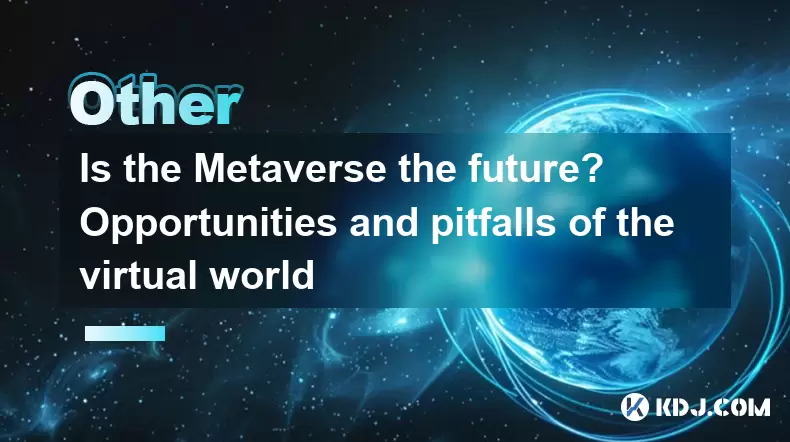
The concept of the Metaverse has captured the imagination of many within the cryptocurrency and blockchain communities. As a virtual world where users can interact, transact, and engage in a variety of activities, the Metaverse presents both exciting opportunities and significant pitfalls. In this article, we will delve into the potential of the Metaverse, exploring the avenues for growth and the challenges that need to be addressed.
Understanding the Metaverse
The Metaverse is a collective virtual shared space, created by the convergence of virtually enhanced physical reality and physically persistent virtual space. In the context of cryptocurrencies, the Metaverse often involves decentralized platforms where users can own digital assets, engage in commerce, and participate in social activities. Decentralized finance (DeFi), non-fungible tokens (NFTs), and blockchain technology are integral components of many Metaverse ecosystems.
Opportunities in the Metaverse
The opportunities within the Metaverse are vast and varied. One of the primary areas of potential is digital real estate. Just as in the physical world, virtual land can be bought, sold, and developed. Platforms like Decentraland and The Sandbox allow users to purchase plots of virtual land using cryptocurrencies such as MANA and SAND. These virtual properties can be used to build experiences, host events, and generate income through rentals or sales.
Another significant opportunity lies in NFTs. These unique digital assets can represent anything from art and music to virtual clothing and accessories. In the Metaverse, NFTs can be used to enhance user experiences, offering personalization and exclusivity. Marketplaces like OpenSea and Rarible facilitate the buying and selling of NFTs, creating a thriving economy within the virtual world.
Decentralized finance (DeFi) also plays a crucial role in the Metaverse. Users can engage in lending, borrowing, and trading of digital assets within a decentralized framework. Platforms like Aave and Compound enable users to access financial services without the need for traditional intermediaries. This opens up new avenues for financial inclusion and innovation within the Metaverse.
Pitfalls and Challenges
Despite the promising opportunities, the Metaverse is not without its pitfalls. One of the primary concerns is security. As the Metaverse grows, it becomes an increasingly attractive target for hackers and malicious actors. Smart contract vulnerabilities, phishing attacks, and data breaches are just a few of the security risks that users must navigate.
Another significant challenge is scalability. As more users and transactions enter the Metaverse, the underlying blockchain networks must be able to handle the increased load. Network congestion and high transaction fees can hinder the user experience and limit the growth of the virtual world. Projects like Ethereum 2.0 and layer 2 solutions are working to address these issues, but scalability remains a critical hurdle.
Regulatory uncertainty is another pitfall that the Metaverse must contend with. As the virtual world grows, governments and regulatory bodies are beginning to take notice. Compliance with existing laws and regulations can be complex, and the lack of clear guidelines can create uncertainty for developers and users alike. Navigating the regulatory landscape will be essential for the long-term success of the Metaverse.
User Experience and Accessibility
The user experience is a critical factor in the success of the Metaverse. For the virtual world to thrive, it must be accessible and intuitive for users of all backgrounds. This means developing user-friendly interfaces, intuitive navigation, and robust support systems. Projects like Decentraland and The Sandbox are investing in improving the user experience, but there is still much work to be done.
Accessibility is another important consideration. The Metaverse must be inclusive, allowing users from around the world to participate regardless of their technical expertise or financial resources. This includes providing multilingual support, affordable entry points, and educational resources to help new users get started.
Economic Models and Sustainability
The economic models within the Metaverse are a key factor in its long-term sustainability. Many virtual worlds operate on token economies, where native cryptocurrencies like MANA and SAND are used for transactions and governance. These tokens must be carefully managed to ensure a balanced and sustainable economy.
Inflation and token distribution are important considerations. If too many tokens are minted, it can lead to inflation and devalue the currency. Conversely, if tokens are too scarce, it can limit economic activity within the Metaverse. Developers must strike a delicate balance to create a thriving and sustainable economy.
Revenue models are another crucial aspect of the Metaverse's economic sustainability. Platforms must find ways to generate revenue while providing value to users. This can include transaction fees, advertising, and premium services. Striking the right balance between monetization and user experience is essential for the long-term success of the virtual world.
Interoperability and Fragmentation
Interoperability is a key challenge facing the Metaverse. As more virtual worlds and platforms emerge, there is a risk of fragmentation. Users may find themselves locked into specific ecosystems, unable to move their assets and experiences between different Metaverses. Standards and protocols are needed to enable seamless interoperability and create a more cohesive virtual world.
Projects like Polygon and Flow are working to address this issue by developing cross-chain solutions and interoperable protocols. These initiatives aim to create a more connected and accessible Metaverse, where users can freely move between different platforms and experiences.
Fragmentation can also lead to a lack of network effects. As the Metaverse grows, it is important to create a sense of community and shared experiences. This can be challenging when users are spread across multiple platforms and ecosystems. Developers must find ways to foster collaboration and engagement across the virtual world.
Frequently Asked Questions
Q: How can I get started in the Metaverse?
A: To get started in the Metaverse, you will need to choose a platform like Decentraland or The Sandbox. Create an account, set up a digital wallet, and purchase the native cryptocurrency (such as MANA or SAND) to buy virtual land or NFTs. Explore the platform, engage with other users, and start building your own experiences within the virtual world.
Q: What are the risks of investing in Metaverse projects?
A: Investing in Metaverse projects carries several risks, including market volatility, project failures, and regulatory changes. The value of cryptocurrencies and NFTs can fluctuate rapidly, and not all projects will succeed. It is important to conduct thorough research, diversify your investments, and only invest what you can afford to lose.
Q: How can I protect my assets in the Metaverse?
A: To protect your assets in the Metaverse, use strong passwords, enable two-factor authentication, and store your cryptocurrencies in a secure wallet. Be cautious of phishing attempts and only interact with trusted platforms and users. Regularly update your software and stay informed about the latest security best practices.
Q: What role does blockchain technology play in the Metaverse?
A: Blockchain technology is the foundation of many Metaverse platforms, enabling decentralization, security, and transparency. It allows for the creation and management of digital assets, smart contracts, and decentralized governance. Blockchain ensures that users have true ownership and control over their virtual assets and experiences within the Metaverse.
Disclaimer:info@kdj.com
The information provided is not trading advice. kdj.com does not assume any responsibility for any investments made based on the information provided in this article. Cryptocurrencies are highly volatile and it is highly recommended that you invest with caution after thorough research!
If you believe that the content used on this website infringes your copyright, please contact us immediately (info@kdj.com) and we will delete it promptly.
- Bitcoin, Solana, and Altcoin Season: What's Hot and What's Not?
- 2025-08-02 07:10:12
- Toncoin, Rollblock, and the Token Offering Landscape: A New York Minute
- 2025-08-02 07:10:12
- Meme Coins: Long Term Earn and Hold Strategy
- 2025-08-02 06:30:12
- Ethereum, DEX Trading, and the $1 Trillion Milestone: A New Era?
- 2025-08-02 06:50:12
- Hong Kong's Stablecoin Scene: New Rules, Market Jitters, and Future Hopes
- 2025-08-02 06:35:46
- Dogecoin's Price Support Under Fire: Can It Fend Off Competitors?
- 2025-08-02 04:30:12
Related knowledge

What is the difference between a blockchain and a database?
Aug 01,2025 at 09:36pm
Understanding the Core Structure of a BlockchainA blockchain is a decentralized digital ledger that records data in a series of immutable blocks linke...

What is a hash in a blockchain?
Aug 02,2025 at 05:28am
Understanding the Concept of Hash in BlockchainA hash in the context of blockchain technology refers to a unique digital fingerprint generated by a cr...

What is a hash in a blockchain?
Aug 02,2025 at 04:43am
Understanding the Concept of Hash in BlockchainA hash in the context of blockchain technology refers to a unique digital fingerprint generated by a cr...
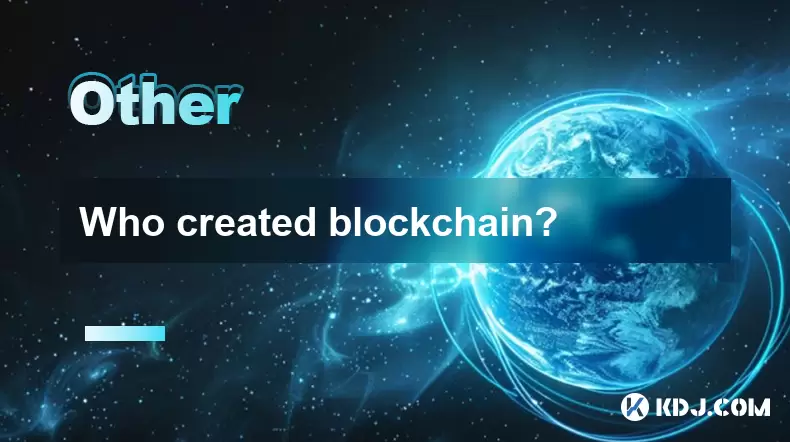
Who created blockchain?
Aug 02,2025 at 05:15am
What Is Blockchain and Why Does Its Origin Matter?Understanding who created blockchain begins with recognizing what blockchain actually is. Blockchain...

How to start a business using blockchain?
Jul 28,2025 at 12:36am
Understanding the Basics of Blockchain TechnologyBefore diving into the process of starting a business using blockchain, it's crucial to understand wh...

What is a token on the blockchain?
Jul 21,2025 at 07:00am
Understanding the Concept of a TokenIn the realm of blockchain technology, a token is a digital representation of an asset or utility that exists on a...

What is the difference between a blockchain and a database?
Aug 01,2025 at 09:36pm
Understanding the Core Structure of a BlockchainA blockchain is a decentralized digital ledger that records data in a series of immutable blocks linke...

What is a hash in a blockchain?
Aug 02,2025 at 05:28am
Understanding the Concept of Hash in BlockchainA hash in the context of blockchain technology refers to a unique digital fingerprint generated by a cr...

What is a hash in a blockchain?
Aug 02,2025 at 04:43am
Understanding the Concept of Hash in BlockchainA hash in the context of blockchain technology refers to a unique digital fingerprint generated by a cr...

Who created blockchain?
Aug 02,2025 at 05:15am
What Is Blockchain and Why Does Its Origin Matter?Understanding who created blockchain begins with recognizing what blockchain actually is. Blockchain...

How to start a business using blockchain?
Jul 28,2025 at 12:36am
Understanding the Basics of Blockchain TechnologyBefore diving into the process of starting a business using blockchain, it's crucial to understand wh...

What is a token on the blockchain?
Jul 21,2025 at 07:00am
Understanding the Concept of a TokenIn the realm of blockchain technology, a token is a digital representation of an asset or utility that exists on a...
See all articles























